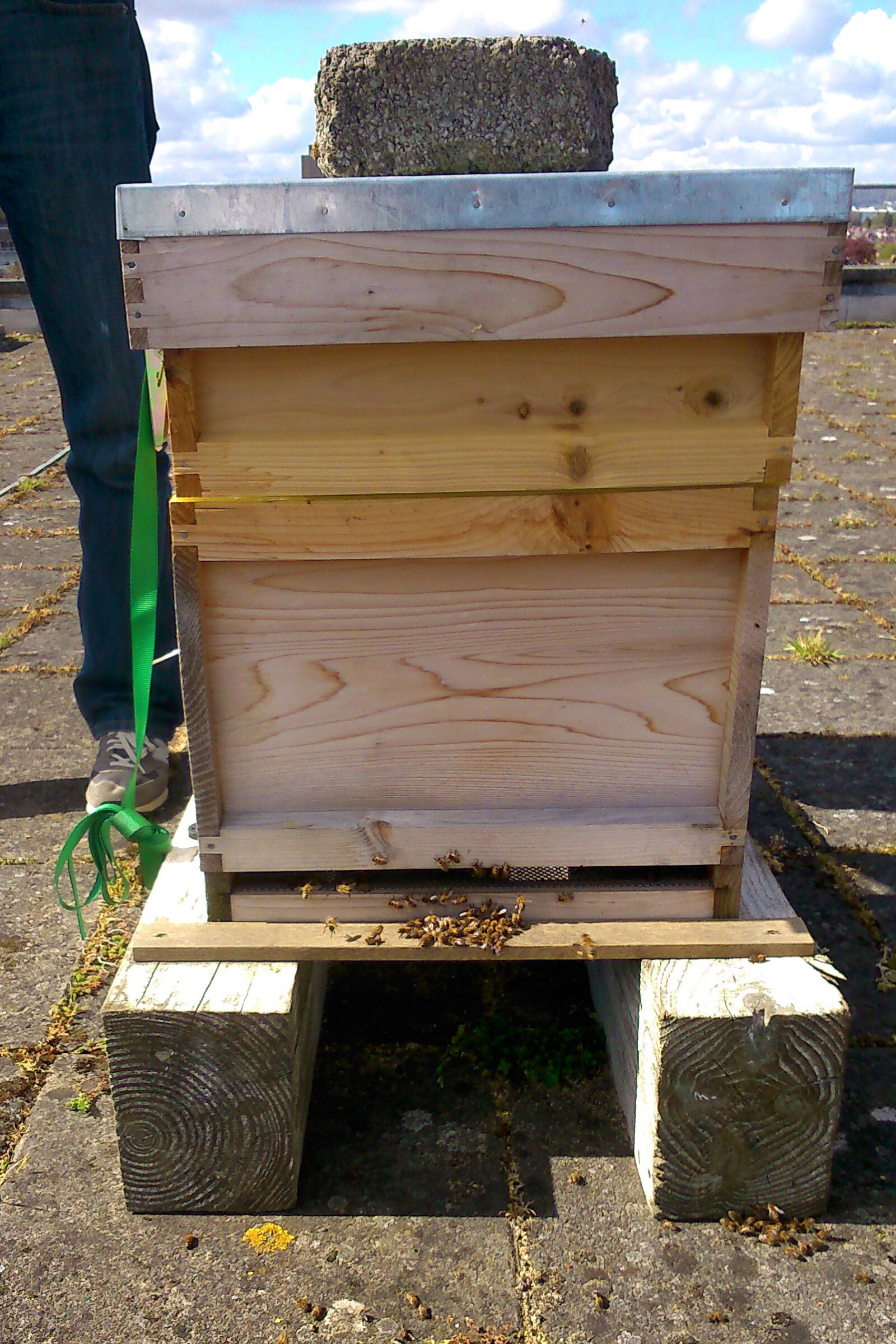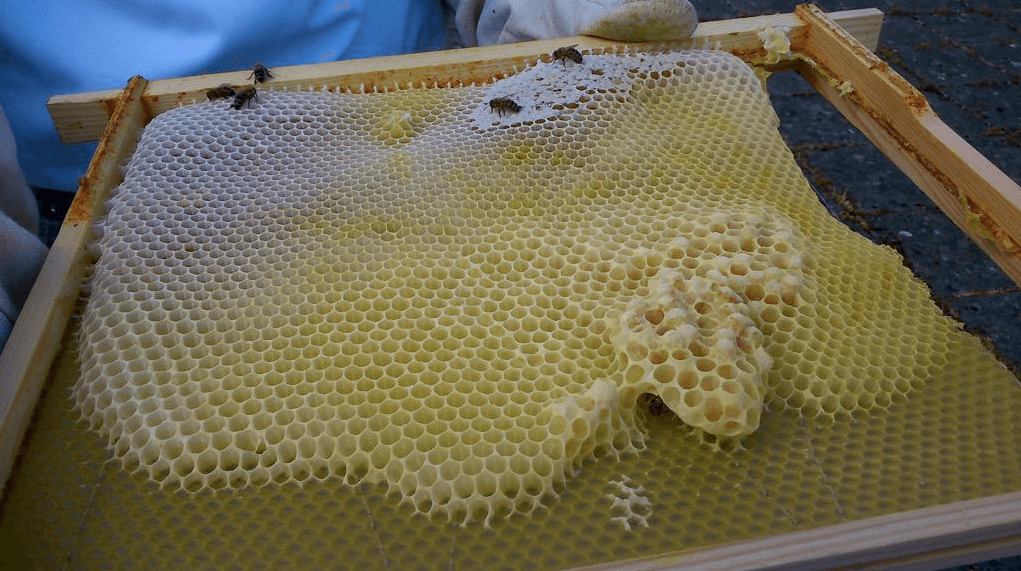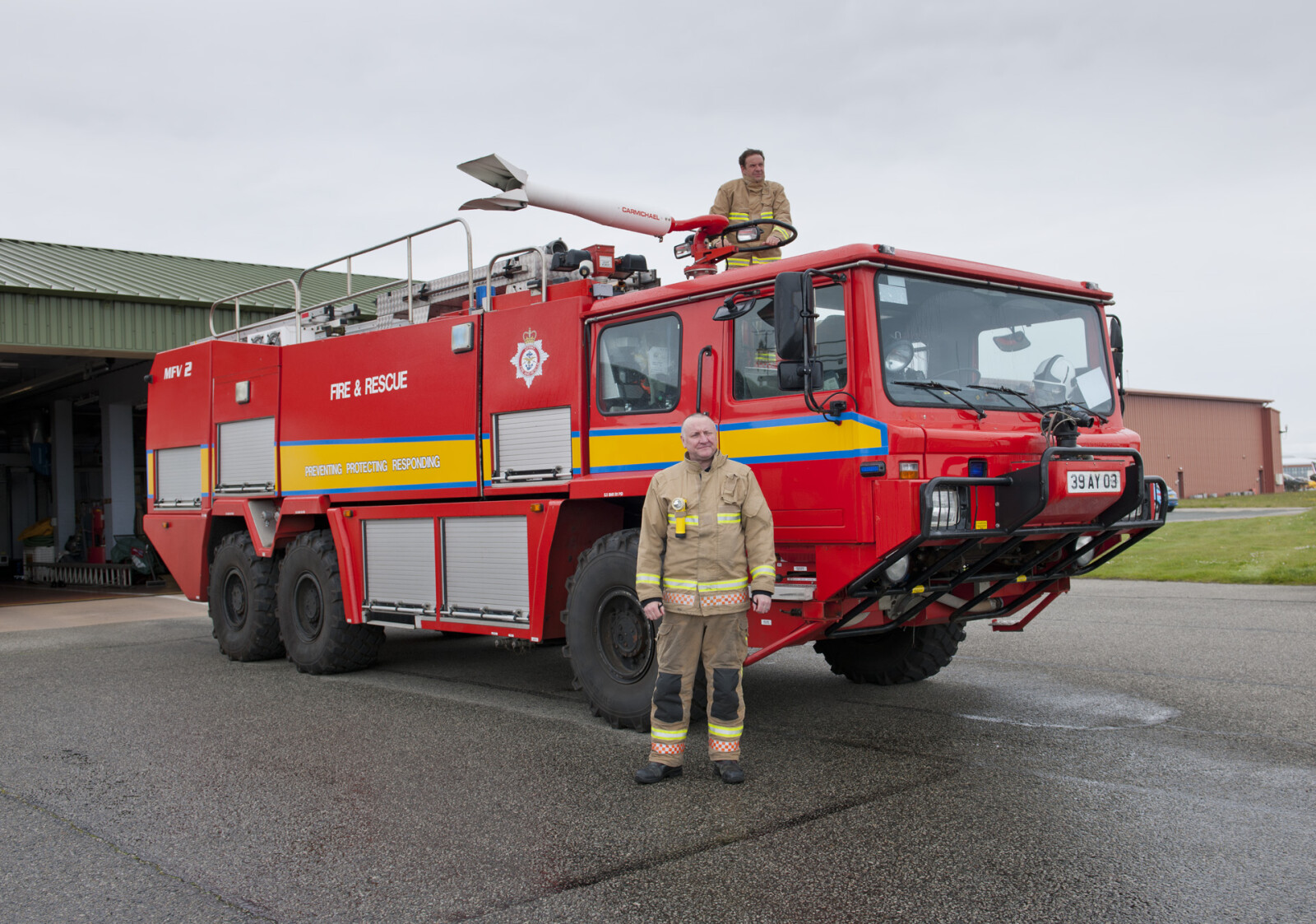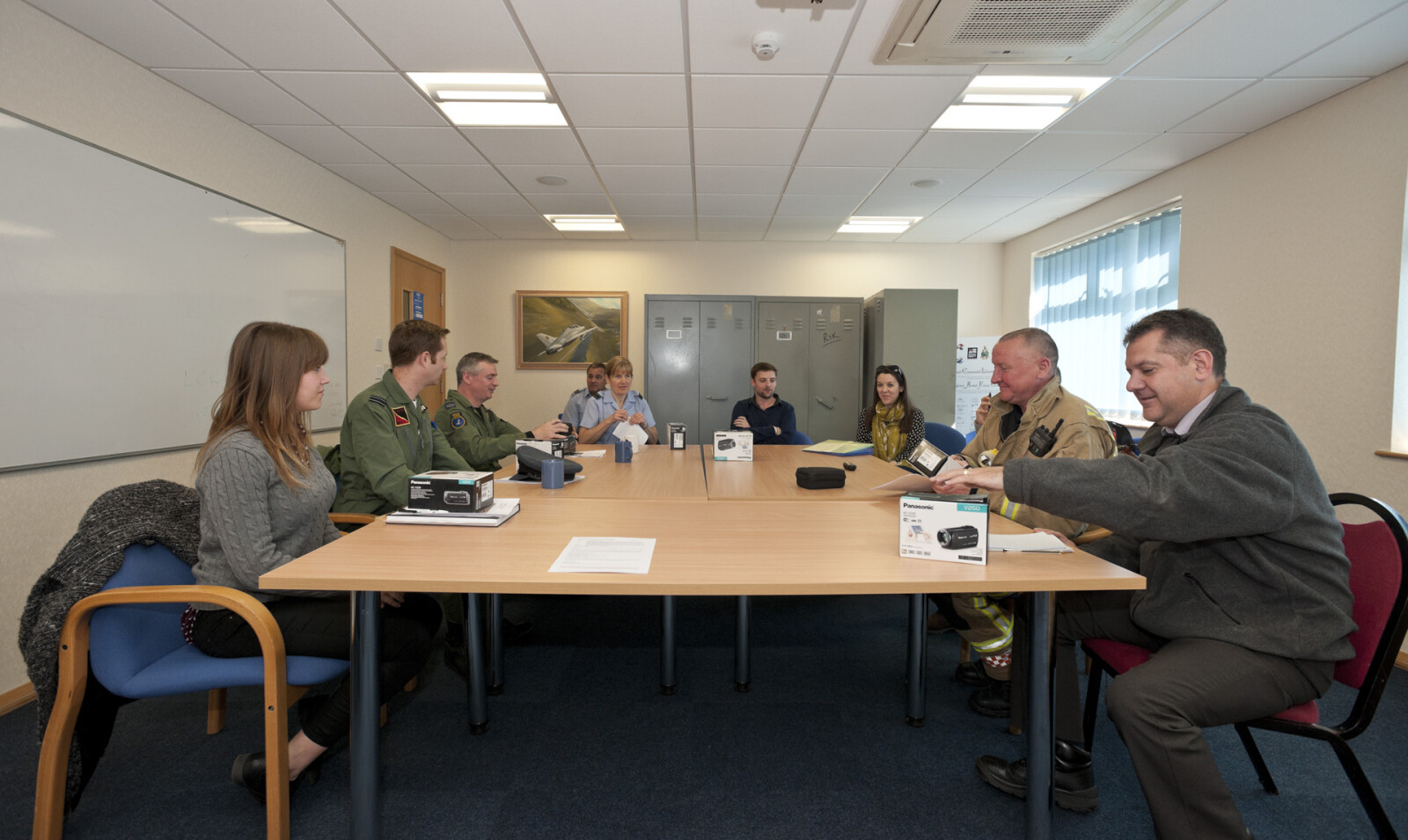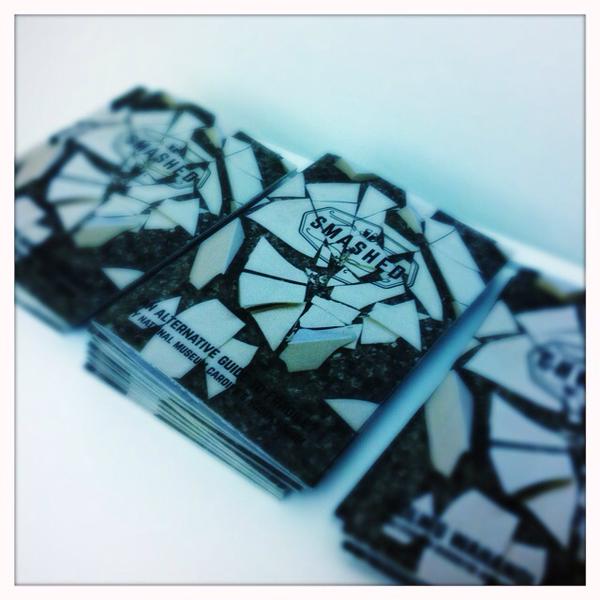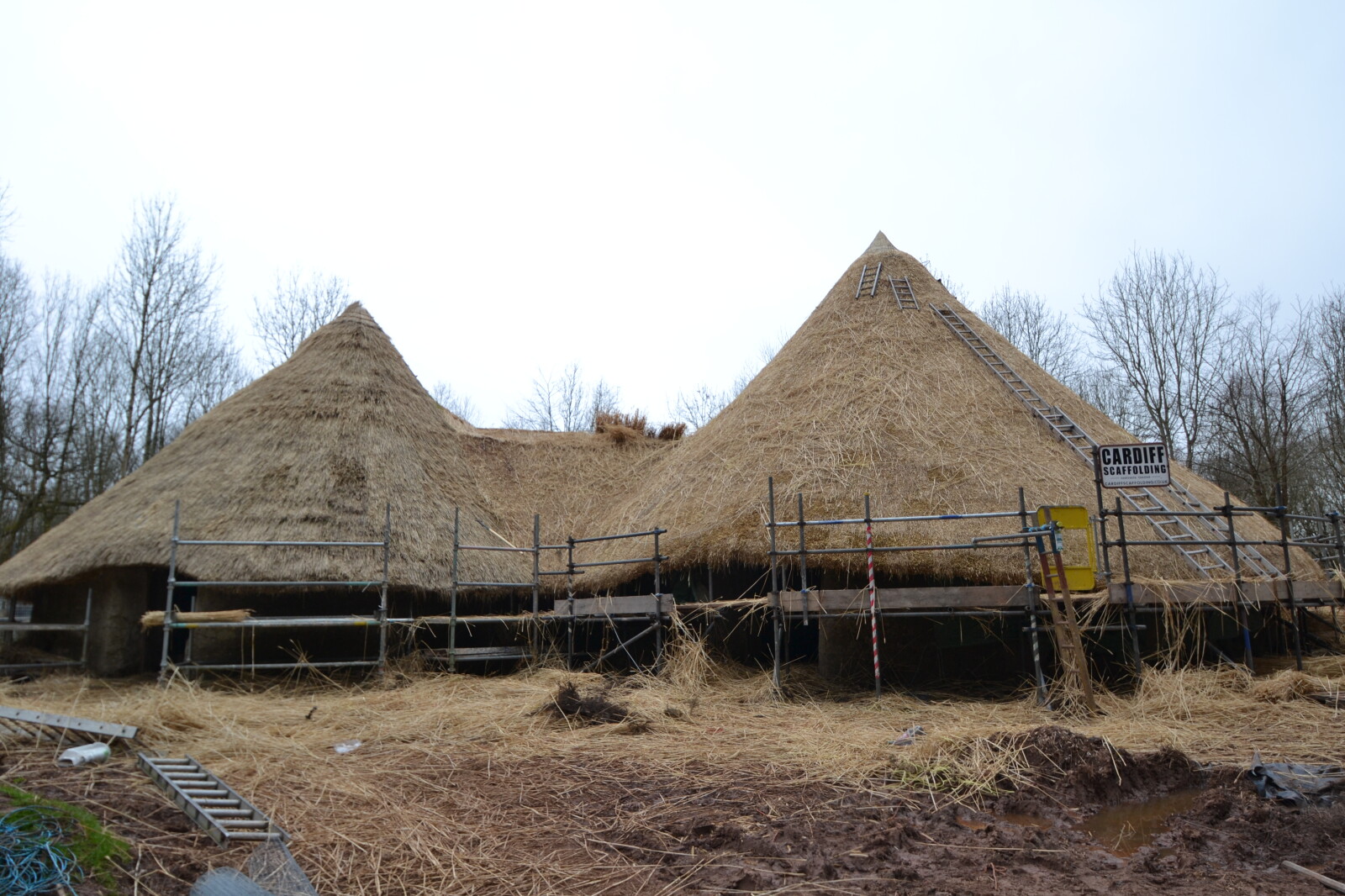Yma yn Sain Ffagan, mae’r prosiect ail-ddatblygu (Creu Hanes) yn mynd yn ei flaen ar garlam. Tra bo’r cadwraethwyr yn asesu cyflwr y casgliadau a’r curaduron eraill yn cydlynu gyda’r dylunwyr, un o fy nhasgau i dros y flwyddyn nesaf fydd gweithio ar gyfres o brosiectau cymunedol ar gyfer yr orielau newydd. Yn y byd amgueddfaol, mae ’na enw ar gyfer y math yma o waith – cyd-guradu, neu cyd-greu.
Wrth gwrs, dyw gweithio gyda chymunedau ddim yn beth newydd i ni fel sefydliad. Dyma oedd hanfod dull Iorwerth Peate o guradu a sylfaen datblygu casgliadau’r Amgueddfa Werin yn y lle cyntaf. Yn 1937 – bron i ddegawd cyn agor giatiau Castell Sain Ffagan i bobl Cymru – aeth Peate ati i lunio holiadur a yrwyd at unigolion a sefydliadau ym mhob plwyf yng Nghymru yn gofyn am arferion a thraddodiadau eu milltir sgwâr. Dyma ddyfyniad ohono:
… rhaid i’r Amgueddfa wrth wybodaeth a gwrthrychau o bob plwyf yng Nghymru; rhaid iddi ddibynnu hefyd i raddau helaeth iawn ar gydweithrediad y Cymry mewn fferm a bwthyn, tref a phentref.
Mae’r ymatebion a ddaeth i law bellach yn rhan o archif lawysgrifau’r Amgueddfa, ynghyd â llythyron a llyfrau ateb – dau ddull arall a ddefnyddwyd gan Peate i gasglu gwybodaeth. Yn ei gyfnod, does dim dwywaith nad oedd yn arloesi mewn tir newydd.
Heddiw, mae rhaglen gymunedol yr Amgueddfa yn barhâd o’r etifeddiaeth hon, ond rydym yn gweithio mewn ffordd dra wahanol. Yn y cyfnod cynnar, pan fyddai gwybodaeth a chasgliadau yn cyrraedd yr Amgueddfa, llais y curadur fyddai'n dehongli a chyflwyno’r deunydd hwnnw. Er mor werthfawr yw’r cynnyrch a gasglwyd, perthynas un-ochrog i raddau oedd rhwng yr Amgueddfa a’i hysbyswyr cymunedol.
Bron i wythdeg mlynedd yn ddiweddarach, mae’r pwyslais wedi newid ac fe welir hyn yn glir yn y gwaith sy’n digwydd yma fel rhan o brosiect Creu Hanes. O fewn yr orielau newydd, bydd gofodau wedi eu curadu gan gymunedau ledled Cymru – eu lleisiau a’u gwrthrychau nhw fydd hanfod yr arddangosfeydd hyn. Yn ogystal, mae fforymau cyfranogol y prosiect – pwyllgorau yw’r rhain sy’n cynrychioli cynulleidfaoedd amrywiol yr Amgueddfa – wedi chwarae rhan bwysig yn y broses o ddewis a dethol gwrthrychau a themâu yr orielau newydd o’r cychwyn cyntaf. Yn syml, ein nod yw creu hanes gyda, yn hytrach nag ar gyfer, pobl Cymru.
Gyda hyn mewn golwg, wythnos yn ôl mi roeddwn i gyda’r gymuned yn Awyrlu’r Fali yn cynnal ail gyfarfod am eu mewnbwn nhw i’r rhaglen cyd-guradu. Mae’r gymuned yn y Fali yn unigryw gan fod yno gymysgedd o dros fil o weithwyr milwrol a sifilaidd. Dyma un o gyflogwyr mwyaf Ynys Môn. Rydym wedi rhoi camerau fideo i ddetholiad o staff yr orsaf i recordio diwrnod arferol yn eu bywyd gwaith. Hyd yn hyn, mae wyth adran yn cymryd rhan, gan gynnwys y frigâd dân, peilotiaid Sgwadron 208 a’r gwasanaeth arlwyo. Mi fydd eu ffilmiau ‘pry-ar-y-wal’ yn cael eu dangos am gyfnod yn un o’r orielau newydd, ynghyd â gwrthrychau o'u dewis nhw. Bydd y cyfan wedyn yn cael ei archifo a’i roi ar gof a chadw yn yr Amgueddfa, a'r gofod arddangos yn cael ei drosglwyddo i gymuned waith wahanol.
I glywed mwy am ein prosiectau cyd-guradu, cadwch lygad ar y blog dros y flwyddyn nesaf. Gallwch hefyd gadw ar y blaen gyda'r datblygiadau drwy ddilyn fy nghyfrif Twitter @StFagansTextile a’r hashnod #CreuHanes. Cofiwch hefyd am fy nghyd-weithwyr sy'n trydar: @CuradurFflur, @archifsfarchive, @SF_Politics, @SF_Ystafelloedd, @SF_adeiladau, @WelshFurniture, @CollectionsSF a @SF_Dogfennaeth. Rhwng pawb, fe gewch chi’r diweddaraf am y prosiect ail-ddatblygu a chipolwg ar weithgarwch un adran sy’n rhan o’r gymuned waith yma yn Sain Ffagan.
Cefnogir y gwaith gydag Awyrlu'r Fali gan Gynllun Cyfamod Cymunedol y Lluoedd Arfog.
